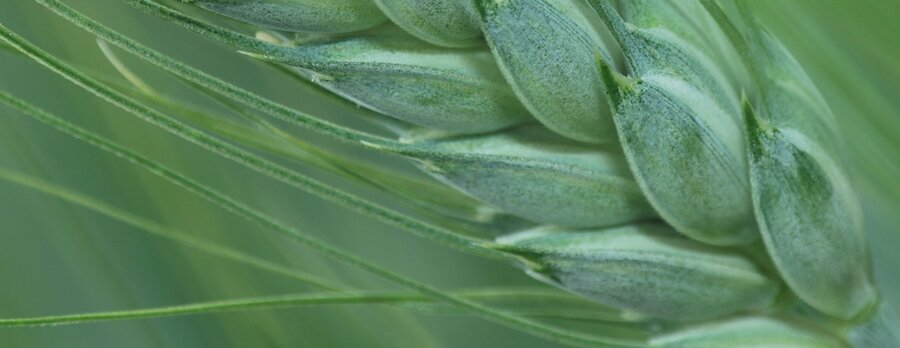Durum wheat
Triticum durum
Durum wheat is a tetraploid species of wheat (Triticum turgidum spp. durum) compared with hexaploid common or bread wheat (Triticum aestivum).
Approximately 95% of the global crop is bread wheat, whereas the remaining include durum wheat and other wheat types of smaller economic importance. Percentage-wise, that might seem small, but within the last five years, durum has been the tenth most important and most commonly cultivated cereal worldwide with a yearly production average of 40 million tonnes (MT) and with a planting area of 16 million hectares.
Durum and bread wheat are used to produce food products loved by many around the globe: over 2.5 billion people worldwide consume wheat-based products. Durum wheat is produced primarily for making pasta, but is also an important ingredient for couscous and bulgur, particularly in North Africa and the Middle East. These products use durum semolina resulting from milling of the hard-textured durum wheat kernel. In Italy, for example, regulatory standards specify that pasta must be made with 100% durum semolina.
Durum wheat producers face a range of factors spanning abiotic (frost damage, drought, and sprouting) and biotic (weed, disease, and insect pests) stresses that impact yields and quality specifications desired by export market end-users.
The largest collections of durum wheat diversity are housed at the genebanks of the International Maize and Wheat Improvement Center (CIMMYT) and the International Center for Agricultural Research in the Dry Areas (ICARDA).

